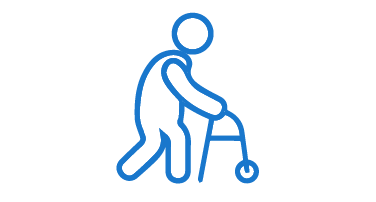
Getting started with a clinical trial is easy! We offer numerous clinical trials in different specialties. Please contact us to see what we’re offering. We’ll ask you some questions to determine what studies you’re eligible for, and if there’s a study you might be eligible for, we’ll schedule an appointment with one of our physicians.
Visit our site and get a complimentary physical exam. We’ll answer any questions you have about participating in one of our clinical trials.
Participating in the clinical trial can begin once you’ve been considered eligible and agree to participate in the study procedures.

Our team is committed to clinical research that tests the latest medical treatments, striving for healthcare breakthroughs. We prioritize safety and integrity from hypothesis to trial completion, aiming for innovations that enhance patient health.






PRX Research is a leader in Endocrinology research, dedicated to advancing knowledge and treatments for hormone-related disorders. Join us in improving patient care in this vital medical field.





Providing Physicians from Varying Therapeutic Areas to serve as Clinical Research Investigators
Providing Access to Insights on Real-Time Data and Updates to Ensure Compliance
Engaging The Local Community, Physicians, and Patients for Effective and Robust Recruitment
Providing Infrastructure and Expertise to Ensure Better Data Quality in Real Time
Clinical trials have four phases, or steps, in the clinical research process. You may notice when you see a name of a clinical trial that it includes Phase I, II, III, or IV, or it may be written as Phase 1, 2, 3, or 4. Here's what those phases mean:
 Phase 1
Phase 1Researchers test a drug or treatment in a small group of people (20-100) for the first time. The purpose is to study the drug or treatment to learn about safety and identify side effects.
 Phase 2
Phase 2
The new drug or treatment is given to a larger group of people (100-300) to
determine its effectiveness and to further study its safety.
 Phase 3
Phase 3The new drug or treatment is given to large groups of people (1,000-3,000) to confirm its effectiveness, monitor side effects, compare it with standard or similar treatments, and collect information that will allow the new drug or treatment to be used safely.
 Phase 4
Phase 4After a drug is approved by the FDA and made available to the public, researchers track its safety in the general population, seeking more information about a drug or treatment's benefits, and optimal use.